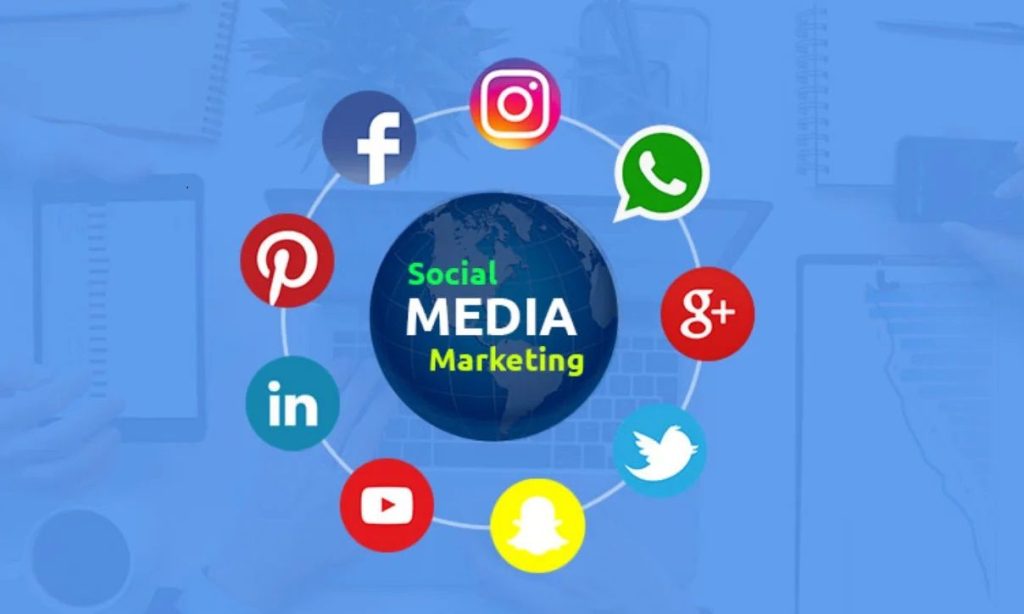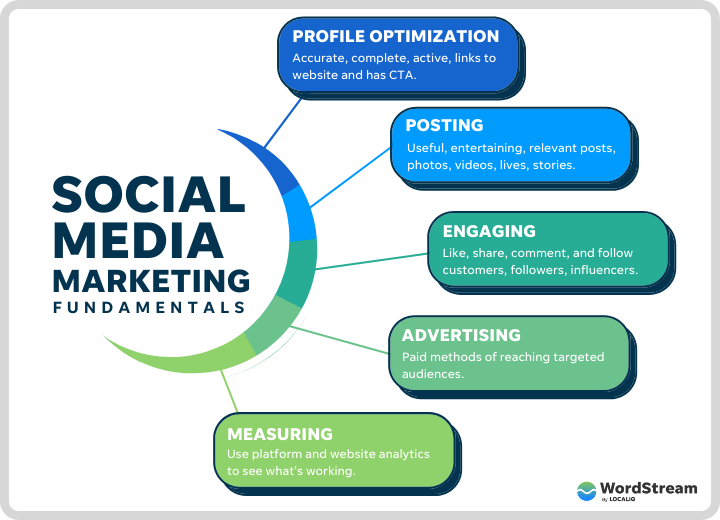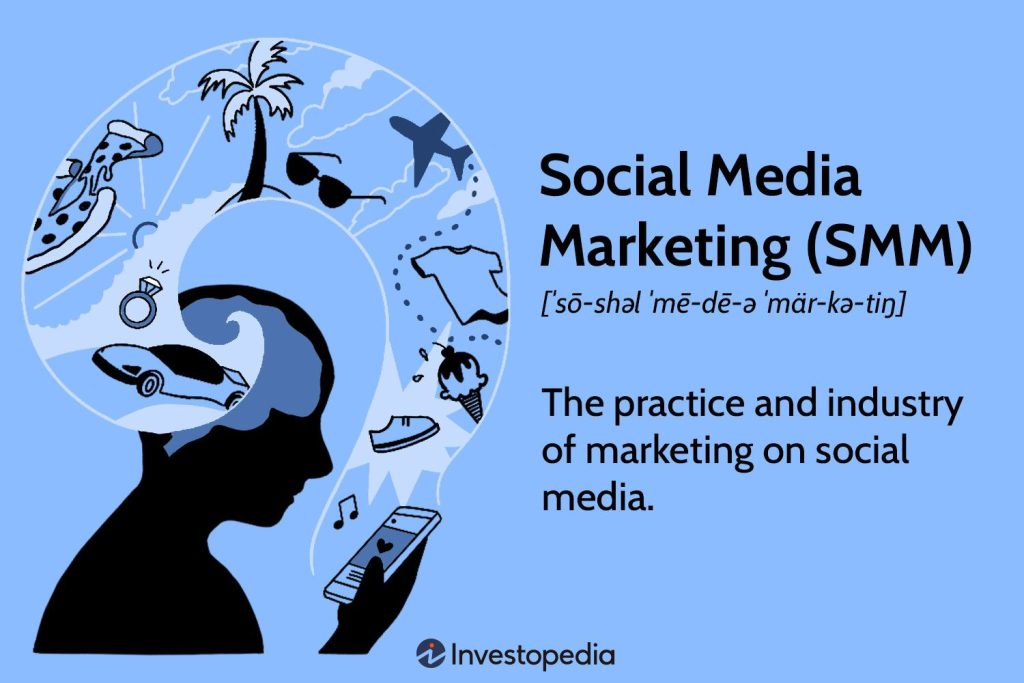The Ultimate Guide to Social Media Marketing: Strategies for Success
Introduction
Social media marketing is an essential component of digital marketing. With billions of active users on platforms like Facebook, Instagram, LinkedIn, and Twitter, businesses can effectively reach their target audience and boost brand engagement. However, with ever-changing algorithms and emerging trends, staying ahead in the game requires a well-planned strategy.
In this guide, we’ll explore effective social media marketing strategies that can help you maximize your online presence, engage your audience, and drive conversions.
1. Understanding Socihttps://digitizebrand.com/al Media Marketing
Social media marketing involves using social media platforms to promote a brand, engage with customers, and drive website traffic. It includes activities such as content creation, community engagement, paid advertising, and performance analysis.
Key Benefits of Social Media Marketing:
- Increased Brand Awareness – Reach a larger audience and establish brand identity.
- Enhanced Engagement – Build relationships through comments, shares, and direct messages.
- Cost-Effective Advertising – Compared to traditional marketing, social media ads offer a higher ROI.
- Improved Customer Insights – Analyze audience behavior and preferences.
- Higher Website Traffic & Conversions – Direct users to your website and convert them into customers.
2. Choosing the Right Social Media Platforms
Each social media platform has its own strengths and user demographics. To create an effective strategy, you need to choose the right platform that aligns with your target audience.
Platform Breakdown:
- Facebook – Ideal for brand awareness, community building, and targeted advertising.
- Instagram – Best for visual content, influencer marketing, and e-commerce brands.
- LinkedIn – Effective for B2B marketing, networking, and thought leadership.
- Twitter – Useful for real-time updates, customer service, and industry discussions.
- TikTok – Growing platform for short-form video content and viral marketing.
- Pinterest – Best for inspiration-driven industries like fashion, home decor, and DIY.

3. Crafting a Winninhttps://www.facebook.com/digitizebrandg Content Strategy
Content is the backbone of social media marketing. A strong content strategy includes a mix of engaging posts that cater to different audience preferences.
Types of Content:
- Educational Content – Blogs, infographics, and guides that provide value.
- Entertaining Content – Memes, behind-the-scenes, and interactive stories.
- Promotional Content – Product launches, offers, and customer testimonials.
- Engaging Content – Polls, quizzes, and Q&A sessions.
- User-Generated Content – Reviews, testimonials, and customer posts featuring your brand.
4. Implementing Social Media Advertising
Organic reach is declining on many platforms, making paid advertising an essential tool for social media marketers. Paid ads allow you to reach specific audiences based on demographics, interests, and behaviors.
Best Practices for Social Media Advertising:
- Define Clear Goals – Whether it’s brand awareness, lead generation, or sales, set measurable objectives.
- Target the Right Audience – Use detailed audience targeting to maximize ad performance.
- Create Eye-Catching Visuals – Use high-quality images, videos, and compelling ad copy.
- A/B Testing – Experiment with different ad formats to optimize performance.
- Monitor & Optimize – Regularly track ad performance and adjust strategies accordingly.
5. Leveraging Influencer Marketing
Influencer marketing is a powerful way to reach a wider audience and build credibility. Partnering with industry influencers allows you to tap into their loyal follower base.
How to Use Influencer Marketing Effectively:
- Choose Relevant Influencers – Look for influencers who align with your brand values.
- Collaborate on Authentic Content – Let influencers create content that resonates with their audience.
- Measure Performance – Track engagement, clicks, and conversions to evaluate success.
6. Engaging With Your Audience
Social media is not just about posting content—it’s about building relationships. Engaging with your audience fosters loyalty and encourages brand advocacy.
Engagement Strategies:
- Respond Promptly – Answer comments and messages to show your brand is attentive.
- Host Live Sessions – Conduct Q&A sessions or product demonstrations.
- Run Contests & Giveaways – Encourage user participation to increase engagement.
- Create Community Groups – Build a dedicated audience around your brand.

7. Analyzing Performance & Optimizing Strategies
Measuring your social media efforts is crucial for continuous improvement. Use analytics tools to track key performance metrics.
Key Metrics to Track:
- Reach & Impressions – How many users see your content.
- Engagement Rate – Likes, comments, shares, and interactions.
- Click-Through Rate (CTR) – The percentage of users who click on your links.
- Conversion Rate – The number of users taking the desired action (e.g., purchasing a product).
Tools for Analytics:
- Facebook Insights
- Instagram Analytics
- Google Analytics
- Hootsuite & Sprout Social
Conclusion
Social media marketing is a powerful tool for brand growth, but success requires a well-thought-out strategy. By choosing the right platforms, creating engaging content, leveraging ads, working with influencers, and analyzing performance, you can build a strong social media presence that drives real results.
Start implementing these strategies today and take your social media marketing efforts to the next level!

